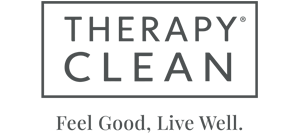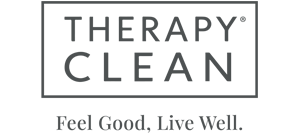 Sodium Lauryl Sulfate (SLS) is a high-foaming, anionic surfactant commonly used in both industrial and household cleaning products. Derived from either petroleum or coconut and palm oils, it excels at lifting grease, dirt, and grime—making it a staple ingredient in degreasers, dish soaps, and heavy-duty cleaners. Despite its effectiveness, it is often misunderstood or confused with similar-sounding ingredients like SLES. This article helps clarify what SLS is, what it isn’t, and when it’s appropriate to use.
Sodium Lauryl Sulfate (SLS) is a high-foaming, anionic surfactant commonly used in both industrial and household cleaning products. Derived from either petroleum or coconut and palm oils, it excels at lifting grease, dirt, and grime—making it a staple ingredient in degreasers, dish soaps, and heavy-duty cleaners. Despite its effectiveness, it is often misunderstood or confused with similar-sounding ingredients like SLES. This article helps clarify what SLS is, what it isn’t, and when it’s appropriate to use.
Table of Contents
- What is Sodium Lauryl Sulfate (SLS)?
- Not to Be Confused with SLES
- Is SLS Safe from 1,4-Dioxane Contamination?
- Common Uses in Cleaning Products
- Pros and Cons of Using SLS
- Formulation Insights
- Environmental Impact
- References
What is Sodium Lauryl Sulfate (SLS)?
Sodium Lauryl Sulfate is an anionic surfactant and detergent known for its strong emulsifying, foaming, and cleansing properties. It works by lowering the surface tension of water, allowing it to more effectively trap and lift away oils and debris. It’s found in a wide variety of products from industrial degreasers to shampoos and toothpaste, although it is more common in cleaning than in skincare due to its potency.
Not to Be Confused with SLES
SLS is often confused with Sodium Laureth Sulfate (SLES). While both are surfactants, they differ in structure and safety profile:
- SLS = Sodium Lauryl Sulfate → not ethoxylated
- SLES = Sodium Laureth Sulfate → ethoxylated (contains “eth” from ethylene oxide)
The ethoxylation process used to make SLES can lead to trace amounts of 1,4-Dioxane, a potential carcinogen. SLS does not go through this process, making it free from 1,4-Dioxane concerns—although it can be more irritating than SLES due to its purity and stronger action.
Is SLS Safe from 1,4-Dioxane Contamination?
Yes. SLS is not produced via ethoxylation, the chemical process responsible for introducing 1,4-Dioxane into some surfactants. Therefore, Sodium Lauryl Sulfate does not contain 1,4-Dioxane and is considered safer in that regard than ethoxylated alternatives like SLES or PEG compounds.
Common Uses in Cleaning Products
- Heavy-duty degreasers
- Dishwashing liquids
- Laundry detergents
- Car wash soaps
- Hard surface cleaners
- Toilet bowl cleaners
Pros and Cons of Using SLS
| Pros | Cons |
|---|---|
| Highly effective at cutting grease and grime | May cause skin and eye irritation in high concentrations |
| Affordable and readily available | Sometimes mistaken for a carcinogen (due to confusion with SLES) |
| Not ethoxylated – no 1,4-Dioxane contamination | Less suitable for sensitive-skin formulations |
Formulation Insights
- Recommended usage level: 0.5–10%, depending on application.
- Often used in combination with cocamidopropyl betaine or glucosides to reduce irritation.
- pH range: most effective in formulas with a pH of 5–9.
- Thickens easily with salt (sodium chloride).
Environmental Impact
SLS is biodegradable under aerobic conditions and breaks down fairly quickly in the environment. However, its high aquatic toxicity in concentrated form requires proper formulation and dilution in cleaning products. It is not considered bioaccumulative and has been approved for use by regulatory bodies in various global regions.










